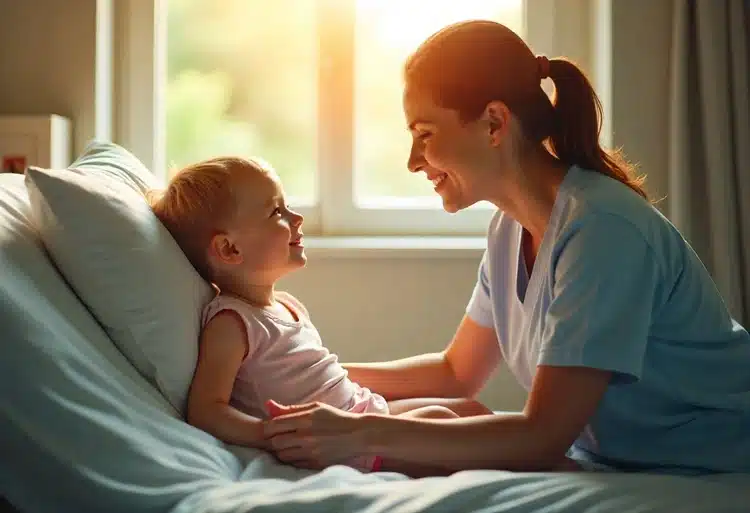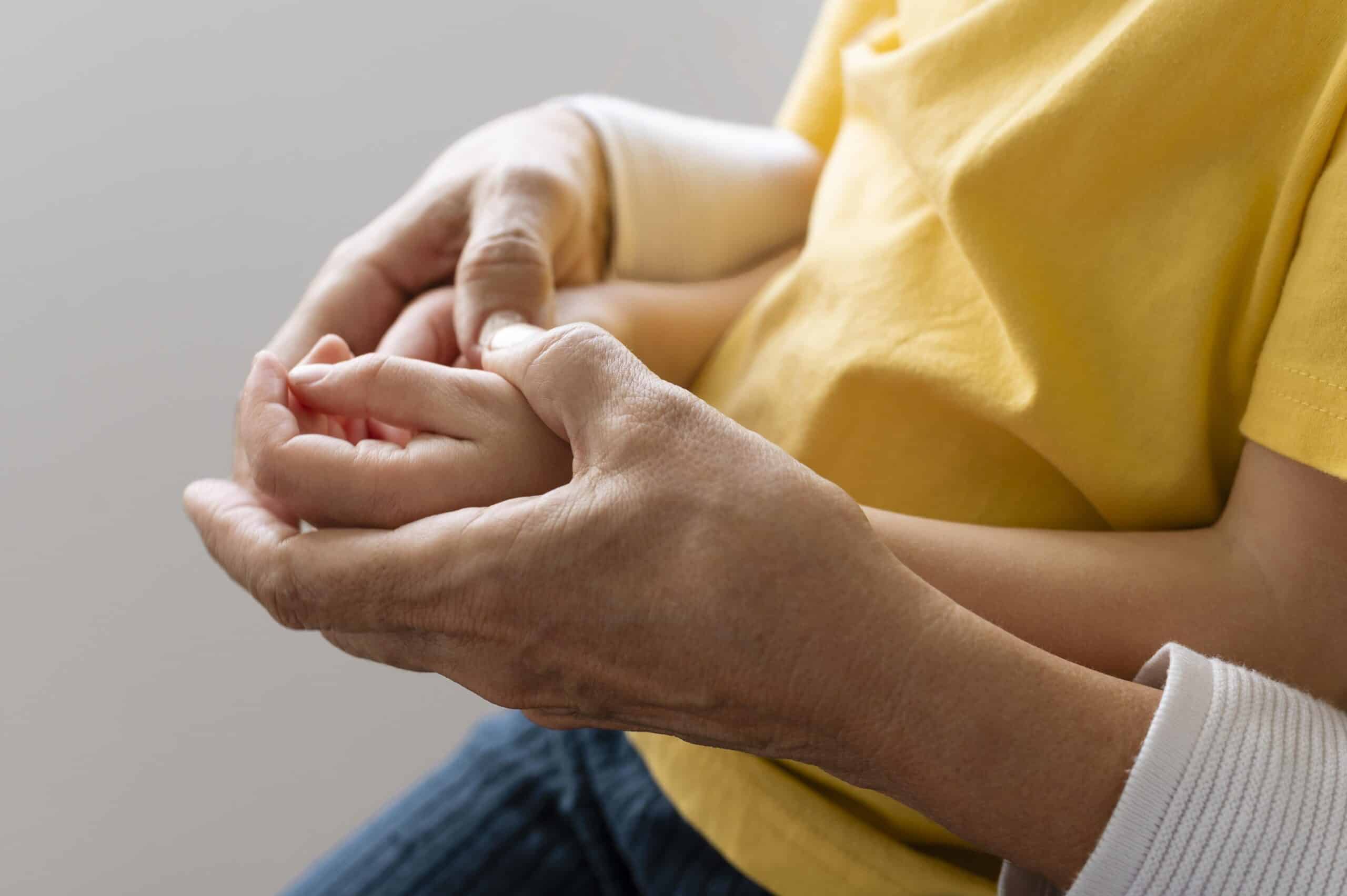By Maria Panzera Rugg
Grief is not a path one walks and then leaves behind. Recent grief theory—particularly the continuing bonds perspective—suggests that instead of severing ties to a person who’s died, we internalize and transform those relationships into enduring threads in our lives. In my life, those threads run through memories of Mama Adele, the sudden death of Dr. Christine “Chris” Newman, my father Giuseppe Panzera, and countless patients, families and communities I have cared for.
I was a teenager when Mama Adele died. The world felt rearranged: the smell of her cooking, her laughter, the quiet strength of Sunday rituals—those vanished, but the essence of her stayed close. I carried her wisdom in the folds of my identity. Decades later, I speak to her in my mind, feel her presence when I journey with a patient’s family, and draw on her steadiness when I feel unmoored.
In 2020, Dr. Chris Newman, a leader in pediatric palliative care at SickKids, died suddenly. We had worked together, shared hopes, frustrations, and commitments to children facing life’s hardest transitions. Her death left a professional silence, a sense of disruption. Yet, even in her absence, I feel her voice guiding care decisions, her standards nudging me to hold space. Asking myself, “What would Dr. Chris do?” That is continuing bonds in action—evolving, internal, alive in practice.
Then came the sudden death of my father, Giuseppe Panzera. He was my anchor, my moral compass. His death was jarring, unexpected and I was so unprepared. I often find myself reaching for the phone to tell him something, only to remember he’s gone. But even now, I carry his humor, the tilt of his grin, the way he believed in me. In grief theory, that ongoing internal relationship is not pathology; it’s a necessary adaptation.
In my professional life, grief is a companion. I have cared and built relationships with many patients, families and communities—children whose lives were short, adults whose stories were unfinished. Each death imprints itself: the story of a parent’s shock, the silence after life support is withdrawn, the expressions of grief in the hands of mourners. Those losses sometimes feel like fractures in my spirit; yet with time, I embrace them as parts of my inner architecture. I keep voice memos, I carry small rituals, I sometimes imagine a patient’s laughter before sleep. Those are bonds I continue, not bonds that trap me.
Over time, I have come to see that lived experience with grief reshapes me. Grief and loss are not an event but an ongoing conversation. Continuing bonds theory gives permission for that: that grief can transform, evolve, deepen—not diminish. I haven’t “moved on” from Mama Adele, Chris, my father, or those patients. I move forward with them, integrating their influence into how I care, live, teach, and show compassion.
If you are grieving, I hope you feel permission to carry, to converse, to reinvent your relationship with those you grieve. In doing so, grief becomes not merely an absence, but a form of presence—with you, through you, in continual becoming.






